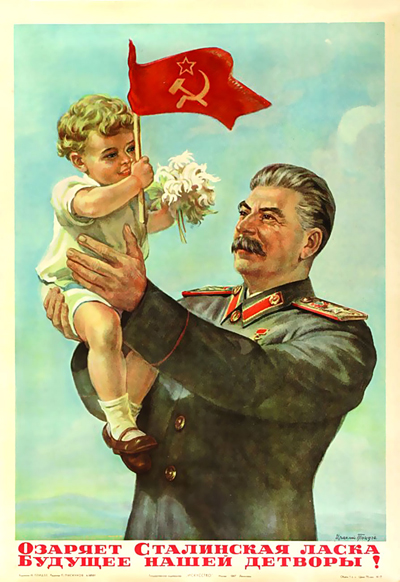Regarding the following paragraph in Capital Vol 1 (chap 1 section 1)… “If then we disregard the use-value of commodities, only one property remains, that of being products of labour. But even the product of labour has already been transformed in our hands. If we make abstraction from its use-value, we abstract also from the material constituents and forms which make it a use-value. It is no longer a table, a house, a piece of yarn or any other useful thing. All its sensuous characteristics are extinguished. Nor is it any longer the product of the labour of the joiner, the mason or the spinner, or of any other particular kind of productive labour. With the disappearance of the useful character of the products of labour, the useful character of the kinds of labour embodied in them also disappears; this in turn entails the disappearance of the different concrete forms of labour. They can no longer be distinguished, but are all together reduced to the same kind of labour, human labour in the abstract.”
I would like to make the following interpretation and see if I am understanding correctly, as I am finding this slightly confusing.
If we no longer consider the physical properties of a commodity (the things that make it useful), the only characteristic it has is how, and how much, labour was put into it.
However, since the labour that went into this commodity is something that makes it a use-value, abstracting from its use-value means abstracting its labour. So, when you abstract from its useful qualities, its physical properties are no longer considered, as is the nature of the labour that went into making it useful.
In other words, in comparing gold to silver, you would no longer compare their unique physical properties, nor would you compare the different ways labour is used to realise its usefulness. From this, you are left with one kind of labour which is human labour in the abstract.
If anyone could give feedback on my interpretation, that would be very beneficial. Thanks.

